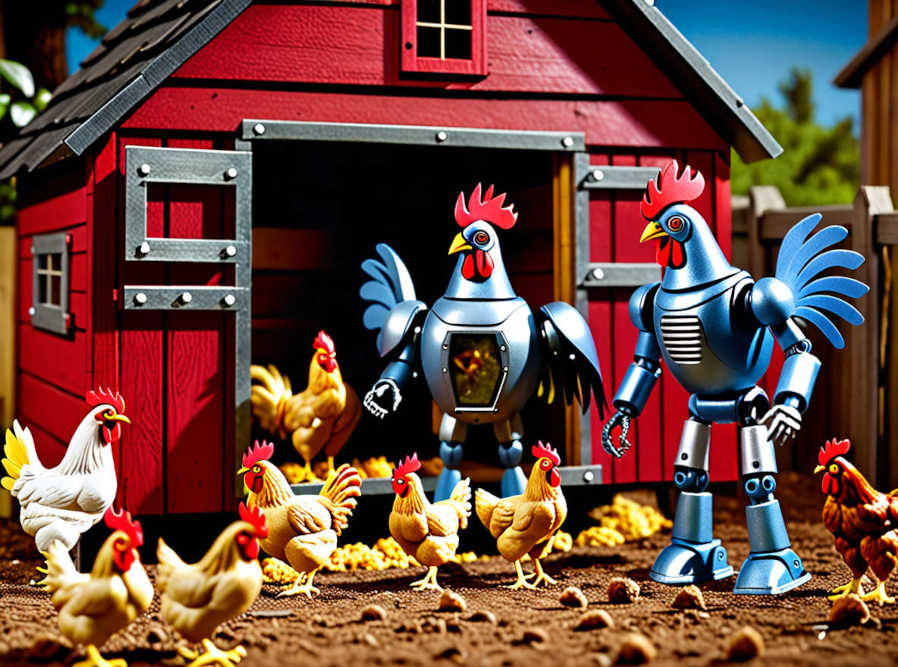AI in the chicken coop

Artificial Intelligence and Chicken Coops: A Match Made in Heaven?
In the past few years, artificial intelligence (AI) has become an increasingly popular topic of discussion among farmers and agriculturalists alike. While there are many potential applications for this technology across various industries, it seems that chicken coops may be one of the most promising areas for its implementation.
One of the main benefits of using AI in chicken coop management is improved efficiency and productivity. By utilizing sensors and other technologies to monitor key performance indicators such as temperature, humidity, air quality, and feed consumption, AI-powered systems can provide real-time insights into how the coop is performing and make adjustments accordingly. This can help farmers optimize their operations for maximum output while minimizing resource waste. Another potential application of AI in chicken coops is improved animal welfare. By analyzing data on behavior, activity levels, and health indicators, AI-powered systems can provide insights into how the flock is feeling and identify any issues before they become major problems. This can lead to earlier interventions and better outcomes for both the animals and the farmer’s bottom line.
Of course, implementing an AI-powered system in a chicken coop requires careful planning and consideration of various factors. For example, farmers will need to consider not only the cost of the technology itself but also the ongoing maintenance and support required to keep it running smoothly. They will also need to ensure that their data infrastructure is capable of supporting the complex analytics required by AI systems.
Despite these challenges, the potential benefits of using AI in chicken coops are clear. By leveraging this powerful technology, farmers can improve efficiency, optimize operations, and enhance animal welfare all at once. It’s an exciting time to be a part of the agricultural industry, and we look forward to seeing how it continues to evolve in the years to come.